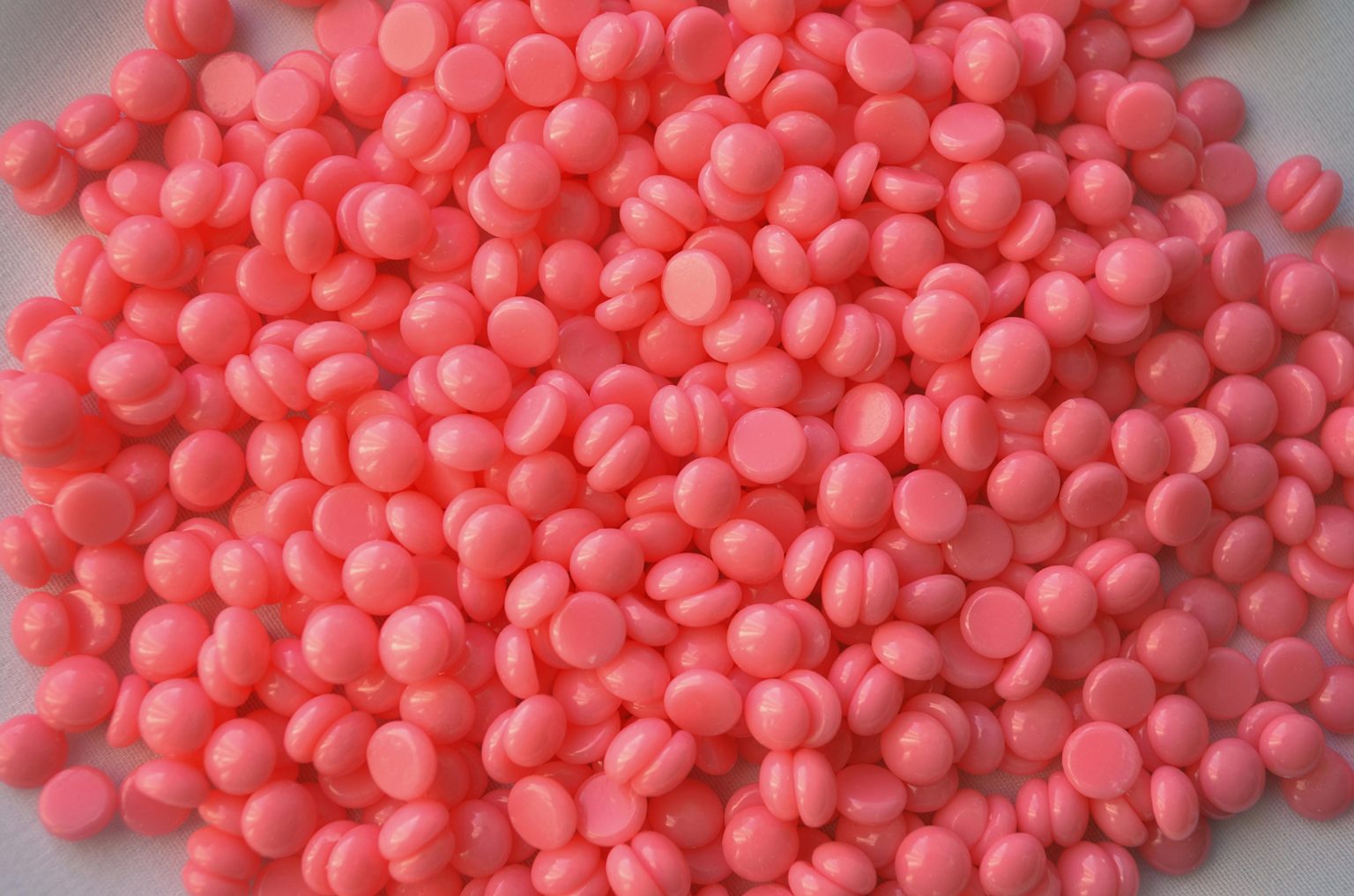Waxing at home can be both empowering and cost-effective—if you do it right. One of the biggest mistakes beginners make is focusing only on the wax itself and forgetting about the other items that make the process smooth, safe, and sanitary. The truth is, hygiene is just as important as technique when it comes to avoiding irritation, infections, or uneven results.
Whether you’re trying to save time between salon appointments or just want to take full control of your grooming routine, having the right tools in your kit is key. Let’s walk through the essentials you’ll need for a clean and comfortable at-home waxing session.
Preparing Your Space and Skin
Before you even open your wax jar, you need to set the stage. A clean space is the foundation of a hygienic waxing routine. Wipe down the surface where you’ll place your tools, and make sure you have good lighting so you can see what you’re doing. If you’re working in a bathroom, try to minimize moisture—steam can make wax less effective.
Your skin prep matters just as much. Gently cleanse the area you’ll be waxing with a mild, fragrance-free soap or a pre-wax cleanser. This removes oils, sweat, and dirt that could interfere with the wax’s grip. Light exfoliation a day before—never right before—helps lift away dead skin cells and reduce the chance of ingrown hairs. Think of it like prepping a canvas before painting; you’ll get a smoother finish when the surface is clean and ready.
Choosing the Right Wax and Tools
Not all waxes are created equal, and the type you choose will affect both the results and your comfort. Hard wax is great for smaller, sensitive areas like the upper lip or bikini line because it sticks to the hair, not the skin. Soft wax, which is applied thinly and removed with cloth strips, works well for larger areas like legs or arms.
In addition to the wax, you’ll need a wax warmer to keep it at the right temperature. Using a microwave can overheat or cool the wax unevenly, which can lead to burns or wasted product. Wooden spatulas are a must for application—never dip directly with your fingers, as this can introduce bacteria. And remember the golden rule: no double dipping. Once a spatula has touched your skin, it should go straight into the trash.
Keeping Everything Sanitary
Waxing at home doesn’t mean lowering hygiene standards. If anything, it’s even more important because you don’t have a professional esthetician doing the cleaning for you. Lay down disposable sheets or towels to catch drips and hair. Use clean gloves if you’re waxing intimate areas or if you’re especially prone to skin irritation.
After each session, disinfect your tools—especially your wax warmer—using a product safe for skin-contact equipment. Leftover wax on the rim of your warmer can attract dust and germs, so wipe it off while it’s still warm and soft. Replace any cloth strips or disposable applicators after every session; reusing them is a fast track to skin trouble. If you need an example of a complete set of high-quality waxing supplies, look for one that includes both application and cleaning tools so you’re not scrambling for replacements.
Supporting Your Skin After Waxing
Your skin will be more sensitive after waxing, so treat it with care. Apply a soothing product like aloe vera gel or a post-wax lotion to calm redness and reduce any mild swelling. Avoid products with alcohol or strong fragrances, as these can sting and cause unnecessary irritation.
For the next 24 to 48 hours, avoid hot showers, saunas, and heavy workouts—anything that makes you sweat heavily or exposes your skin to heat can clog pores and increase the risk of breakouts. If you’re prone to ingrown hairs, wait a couple of days before gently exfoliating again. Think of post-wax care as locking in your results; it helps your skin stay smooth and healthy until your next session.
Building Confidence Through Practice
The first time you wax at home, it might not be perfect—and that’s okay. The more you do it, the better you’ll understand how your skin reacts, how thick to apply the wax, and when to pull for the cleanest results. It’s also normal to make small adjustments to your setup as you learn; maybe you’ll switch from soft to hard wax for certain areas, or decide to warm the wax slightly longer for better consistency.
Stay patient with yourself and keep hygiene your top priority. Over time, you’ll develop a routine that feels natural, saves you trips to the salon, and gives you the same smooth finish you love—without compromising safety.
Conclusion
Waxing at home isn’t just about removing hair—it’s about doing it safely, cleanly, and confidently. By preparing your space and skin, choosing the right wax and tools, keeping everything sanitary, and caring for your skin afterward, you’re setting yourself up for success. And while the first few tries might be a little awkward, having the right essentials in your kit will make all the difference.
A smooth waxing experience starts long before the wax touches your skin. With the right preparation and a focus on hygiene, you can enjoy salon-level results in the comfort of your own home—and feel proud that you did it yourself.


